A Reflective Project Diary | FMPIntroduction
The final major project aims to engage in the significant research-led project in which the emphasis is on defining, analysing, and developing a focused approach to user experience design.
As an individual selection of project brief, my interest lies in : Building experiences for the Museum Sector.
Why the museum sector?
The idea of working for the museum sector came to my mind from my past project for V&A Museum, London. Overlooking at the expertise and experience of the museum may help people decide their visit. Another factor of the museum sector was the value of time of an individual who wants to visit the museum online/onsite. Therefore I proposed questions like
How can users who give time be rewarded? What constitutes value?
Also, considering their emotions - how do they feel before and after a visit to a museum?
For developing further thoughts on the subject, I had conversations with my tutors on the scope and challenges for the brief. While undergoing the idea I decided the area of interest to map out where can I have the focused group. I had three ideas to talk about.
Providing a critical framework for moving toward innovative solutions for museums.
Image: Brainstorming of three Ideas to start on!
Assembling Team 🤝 Talking with peers in classroom discussions got me to find two of my batchmates to collaborate on the same topic interest. Svaney has expertise in product design background and Zhaolu is an architect graduate with an interest in physical spaces.
For working I favour effective team collaboration, it encourages me to take ownership of our work and lead in giving design deliverables. In order to create shared understanding, partners conduce to exchange varied design thinking processes.
The first stop on our Roadmap is a visit to museums in London. Watch a glimpse of it in the video here.
What we observed ⤵
Our focus was from point of view of different kinds of audiences and what are the interactions involved with the physicality of objects and technologies used for the interactions with artefacts.
INITIAL PROJECT PROPOSAL | FMP
Design a multisensory museum experience for children with mild learning disabilities (Autism) in the aspects of learning and socialization.
How did my interest in people with special needs begin?
While undergoing a weeks observation on people visiting museums and the journey I encountered a child with special needs wanting to learn but couldn’t capture the exact moments in the natural history museum, my mind was in those thoughts for a long. I was unknowingly notifying how much effort a parent has to put in to make his child feel relaxed and understood at a museum. Do they even enjoy coming to museums? Now What if, there is a help which is accessible and playful? And why not? help those who learn and think differently. Museums is definitely a place for every kid to discover their potentials, take control, find community, and stay on positive paths along each stage of life’s journey.
All these thoughts made me more intrigued towards knowing about current scenarios of museums and exhibitions happening for children with autism and other neuro-disability.
Purpose
As we realise in our day to day life how we learn through senses like touching/seeing/hearing, we envisioned creating a user-design output that could be understood easily and make autistic people feel welcomed while visiting museums. Autism spectrum disorder (ASD) is a condition that affects how an individual encounters the world differently. Each life path is unique, but we all pass through meaningful life stages – even those who learn and think differently. Despite their challenges faced at critical moments, we can help them become more relaxed and flexible in letting them move forward.
Approach
To enable this purpose-driven objective of making meaningful changes in museum visits to bring their learning and socialisation into momentum, we gave our thoughts on creating Sensorial+Tactile+Accesible+Understood Concept to stimulate and challenge their senses towards enhancing their thinking and engagement with the world on a deeper level.
How will it made practical?
Our target group: focusing on a particular subset of people who are differently-abled, children with Autism Spectrum Disorders (ASD). By putting a structure in place and providing an easy comfortable experience for them which could be used by museums to create their own viable programs.
We aspire to get in contact with Museum operators/managers/volunteers, Educators and institutions working for change in the life of ASD individuals. Building research through directed storytelling, live observation and workshops. We will communicate with our mentors, classmates, creative technology lab technicians, and others to fill in the gaps in our concept construction.
The existence of this concept building for creating a system could be placed in any institute of learning, either it is museums/exhibitions/galleries/workshops.
Outcomes
Technology-embedded multi-sensory environments
Multimodality approach (an inter-disciplinary approach that understands communication and representation to be more than about language)
Explorer interactive activity (a playful space)
Remote learning experience (toolkit)
Roadmap to keep going! 🤸🏼
Keywords: Experience Design | Multi-Sensory Experience | Special Needs | Universal Design Learning
References Lists
https://www.autism.org.uk/advice-and-guidance/what-is-autism
https://www.autisminmuseums.com/re-imagine-improving-access-to-the-arts-galleries-and-museums-for-people-with-learning-disabilities-new-report/
https://www.multisensoryenvironments.com/
https://vimeo.com/136330123
http://www.lauramalinverni.org/author/admin/page/2/
https://www.museums.cam.ac.uk/blog/2020/10/01/engaging-children-and-young-people-with-special-educational-needs-and-disability-send-virtually-through-lockdown/
https://taubmancollege.umich.edu/research/research-through-making/2015/social-sensory-surfaces






